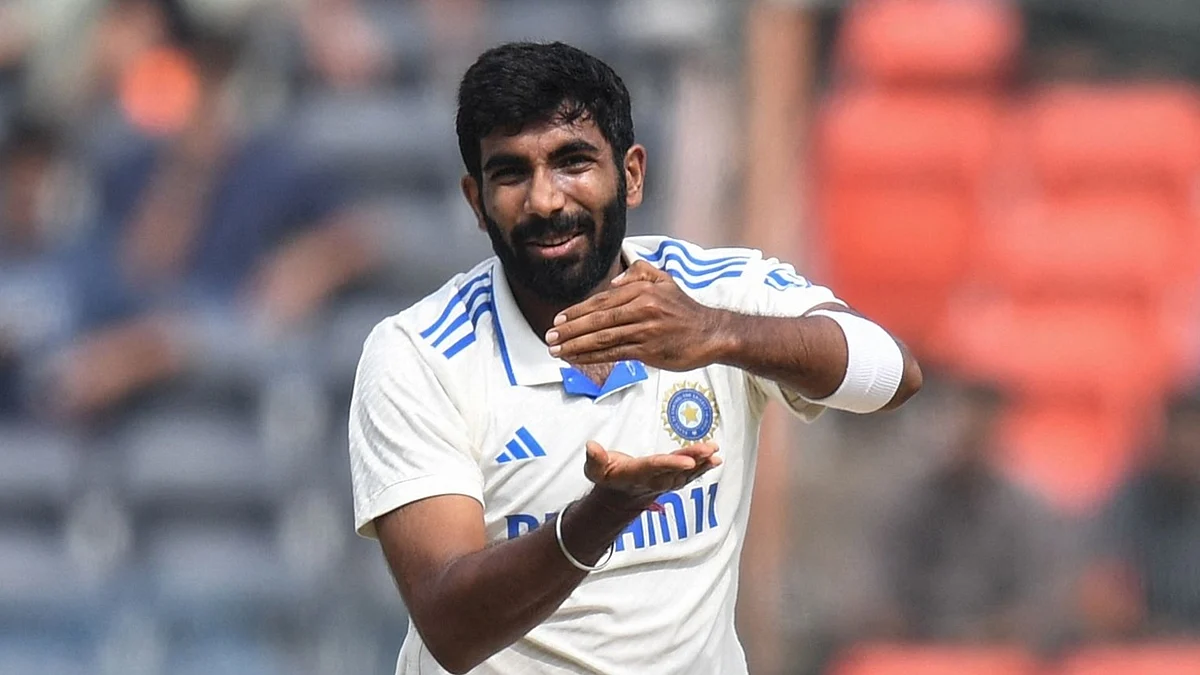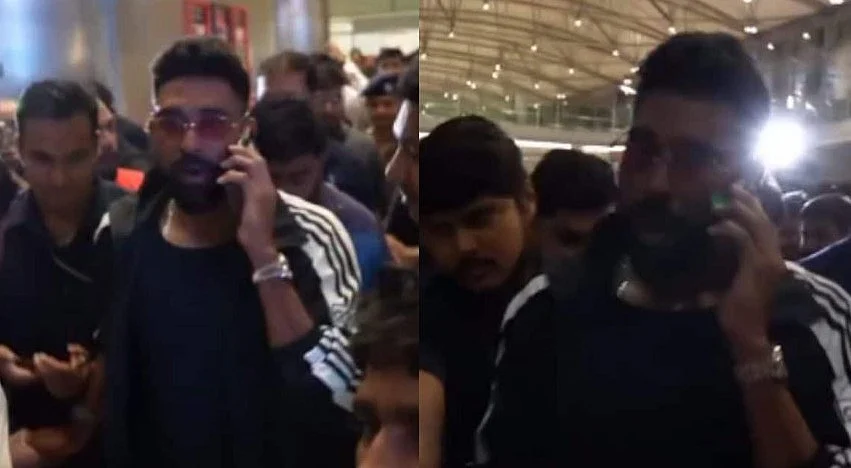A Bumrah needs different handling from a Siraj, says ex-NCA head physio
Expert Ashish Kaushik harps on the need for workload management, as controversy brews after Sunil Gavaskar’s comment

The term ‘workload management’ has stirred up a hornet’s nest in Indian cricket again, with the legendary Sunil Gavaskar taking a not-so-subtle dig at Jasprit Bumrah for having played only three Tests in the Anderson–Tendulkar Trophy.
However, a former head physio of the National Cricket Academy (NCA) and a biomechanics expert feels it’s very much a part of modern-day sport, as the body of each athlete is different and has to be dealt with accordingly.
Meanwhile, showering praise on the lionhearted performance from Mohammed Siraj, the highest wicket-taker in the series, with 23 wickets and only the other bowler apart from Chris Woakes to have lasted all five Tests, Gavaskar had told the official broadcasters:
I hope that the word workload goes out of the Indian cricket dictionary. I’ve been saying that for a long time... And I think that is the one thing that we all should keep in mind that this workload is only a mental thing, not so much a physical thing.Sunil Gavaskar on Jasprit Bumrah
No prizes for guessing that fingers are now being pointed at Bumrah, who ended with 14 wickets from three Tests and was released from the squad during the fifth Test due to a possible knee injury.
Disagreeing with the former Little Master’s sweeping statement, Ashish Kaushik, former head physiotherapist of the NCA who was associated with the Men in Blue for nearly 12 years (until as recently as 2021), said: “It’s unfair to compare athletes like a Bumrah, a gem of Indian cricket, Mohammed Siraj or Kapil-paaji, who never missed a Test match due to injuries. Bumrah has been managed extremely well by the BCCI so far.”

Speaking to National Herald over the phone, Kaushik, who has worked with the Lucknow Super Giants in the last IPL, recalled his first impressions of Bumrah: “I had first seen him bowl at the NCA when he was 15–16 [years old], but we were awestruck by his action. We were wondering what to do with him, as any form of change in action would take away the venom — it was obvious that here was a bowler who had to be nursed with good rest and recovery.”
A co-founder at YOS – Sports Health, a Bengaluru-based company which provides fitness solutions throughout the country, Kaushik said it felt strange that there was not enough effort to gather knowledge about the ‘workload’ from experts in the field instead of all this chatter.
The cricket fraternity itself, though, has been divided into two schools of thought, where several famous names have dismissed such an idea while the other half feels there is a strong case for monitoring workloads. Gavaskar is not alone there.
Given the fact that it’s the fast bowlers who are more prone to breaking down, with the rigours of steaming in to bowl, Wasim Akram sounded sarcastic during an interview with this writer a number of years back.
A similar conversation had cropped up about Shaheen Afridi, Pakistan’s main pace weapon as an all-format player, and Akram said: “See, we hear a lot about this new word ‘workload’ now. I have played county cricket for 10 years, so did Waqar (Younis) and Imran (Khan). The other day, someone gave me the statistics that I have bowled more than 27 overs in an innings 30 times in Tests — how many of the fast bowlers do it now?”
“Trust me, the more he (Afridi) bowls, the better he will become — the stronger he will become. My advice to him will be to keep on playing cricket, unless there are niggles; and if he has to rested, do so against smaller teams but not against strong opposition.”
Kaushik, however, feels that there is a certain process in place, managed by the backend team, these days to decide when a player needs to be pulled out of competition to minimise the risk of injuries due to fatigue and overuse.
“In today’s cricket, where the professionals are playing round the year, there is clear evidence of fatigue setting in at a point. There are certain markers of fatigue and our job is to call it out in time before the athlete breaks down with an injury,“ he says.
“There are times when an athlete (a fast bowler in most cases) is pulled out of competition and subjected to intense training to strengthen his body — whereby the markers come back to an acceptable limit again,” said Kaushik, who once served as the chief medical officer of Essex County Club before he relocated to India.
The issue hence remains a vexed one, with a PTI report on 6 August, Wednesday, suggesting that chief coach Gautam Gambhir and the powers-that-be would like to put an end to players ‘picking and choosing’ games and series on the pretext of workload management.
“There have been discussions and the message will be sent across to the centrally contracted players, especially those who are all-format regulars, that this culture of picking and choosing games won’t be entertained in the near future,” a senior BCCI official has been quoted as saying — on condition of anonymity.
Follow us on: Facebook, Twitter, Google News, Instagram
Join our official telegram channel (@nationalherald) and stay updated with the latest headlines
